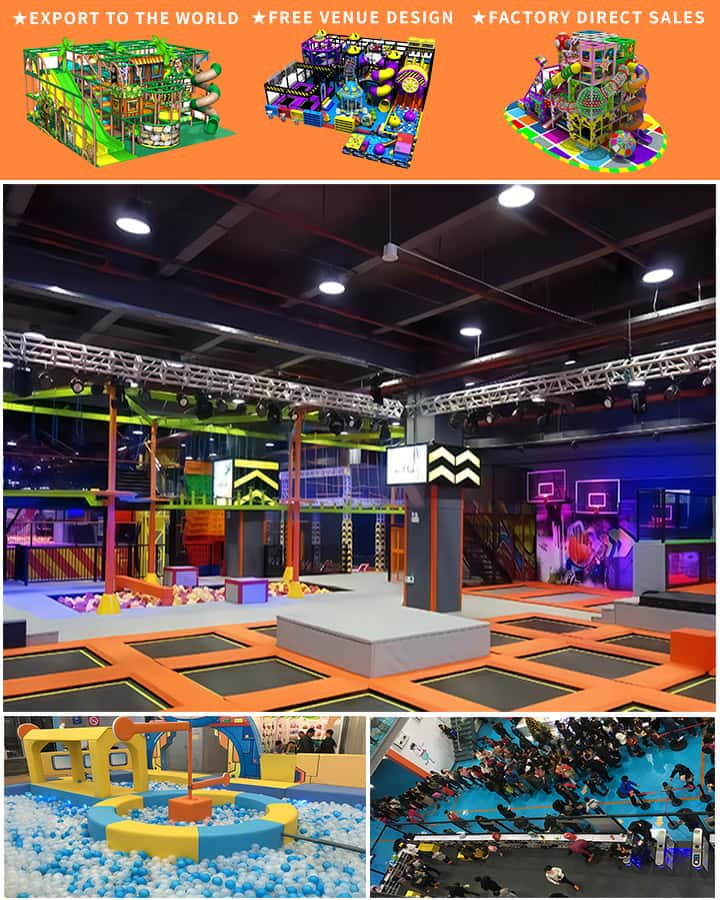Ball pits have long been a favorite pastime and sensory delight for children around the world. These colorful, inviting pools of soft plastic or foam balls provide hours of endless fun and are often a highlight in playgrounds, indoor play centers, and even some backyards. But what exactly makes ball pits such an irresistible attraction for young ones? Let’s dive into the world of ball pits and explore their magic.
What Are Ball Pits?
A ball pit is essentially a shallow, enclosed area filled with small, lightweight balls, typically made from plastic or foam. They come in various sizes and colors, creating a vibrant, visually stimulating environment that captivates children’s attention. The simplicity of ball pits belies their versatility and the range of benefits they offer to kids.
Benefits of Ball Pits
1. Physical Activity
One of the most significant benefits of ball pits is the encouragement of physical activity. Children engage in crawling, jumping, diving, and throwing as they interact with the balls. This type of play helps develop motor skills, coordination, and strength, all while being disguised as pure fun.

2. Sensory Stimulation
The multicolored balls and the tactile experience of grabbing and manipulating them offer rich sensory experiences. Sensory play is vital for children’s development, aiding in cognitive growth and helping kids process the world around them.
3. Social Interaction
Ball pits are often social spaces where children can play together, fostering social skills such as sharing, cooperation, and communication. Group play in a ball pit can lead to the development of friendships and the learning of social cues and boundaries.
4. Imaginative Play
Kids love to use their imagination, and ball pits are perfect for this. Whether pretending to be pirates searching for treasure or astronauts floating in space, ball pits can transport children to any number of imaginative scenarios, enhancing creativity and cognitive flexibility.
Safety Considerations
While ball pits are generally safe, it’s important to keep certain factors in mind to ensure a safe play environment:
- Age Appropriateness: Choose a ball pit suitable for your child’s age. Smaller children may need supervision to prevent accidents.
- Cleanliness: Make sure the balls and the pit itself are clean and free of debris to avoid infections or choking hazards.
- Space: Ensure there is enough space around the ball pit to prevent collisions and injuries.
DIY Ball Pit Ideas
If you’re inspired to create a ball pit at home, here are some ideas:
- Portable Play Tent: Use a large, fabric play tent and fill it with plastic balls. This can easily be set up indoors or outdoors.
- Sandbox Transformation: Turn a sandbox into a ball pit by filling it with balls instead of sand. Cover it with netting or mesh to keep the balls contained.
- Custom Plexiglass Pit: For a more permanent solution, consider building a custom plexiglass ball pit. This allows for clear visibility and easy cleaning.
Conclusion
Ball pits are more than just a pile of colorful spheres; they are a gateway to physical activity, sensory exploration, social interaction, and imaginative play. Whether enjoyed at a commercial play center or in a DIY setup at home, ball pits offer an engaging environment that brings joy and developmental benefits to children. So why not let your little ones dive into the fun and see where their imagination takes them?




